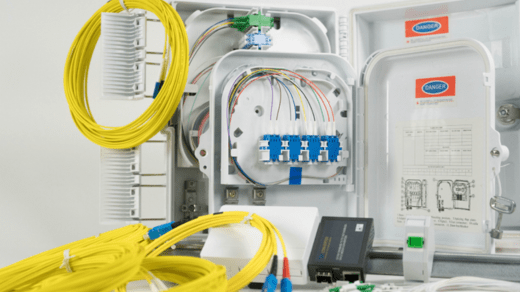how to remove haze after wet sanding
After wet sanding, you may notice a haze or dullness on the surface you’ve worked on. This is common, especially when you’re refinishing automotive paint or working on other surfaces. To remove the haze and restore a smooth, glossy finish, follow these steps:
Materials you may need:
- Clean water
- Clean microfiber or soft cloth
- Polishing compound or rubbing compound (appropriate for your surface)
- Polishing pad (foam or microfiber)
- Rotary or dual-action polishing machine (optional)
- Buffing pad (if using a machine)
- Wax or sealant (optional)
- Appropriate safety gear (if using power tools)
Steps:
- Clean the Surface:
- Start by thoroughly cleaning the surface you’ve wet sanded. Use clean water to remove any sanding residue, dust, or debris. Pat it dry with a clean, dry microfiber or soft cloth.
- Inspect the Surface:
- Examine the surface closely to identify the haze or dullness. Note the severity of the haze and the size of the affected area.
- Choose the Right Compound:
- Select a polishing compound or rubbing compound appropriate for your surface. Automotive paint may require a different compound than wood or other materials. Read the manufacturer’s recommendations on the product label.
- Apply the Compound:
- Apply a small amount of the chosen compound onto the surface you’re working on. For larger areas, you can apply the compound to a foam or microfiber polishing pad.
- Polish by Hand (Option 1):
- If you’re working on a small area or prefer to do it by hand, use circular or back-and-forth motions to gently rub the compound into the surface. Apply light to moderate pressure.
- Polish Using a Machine (Option 2 – Recommended for Larger Areas):
- If you’re working on a larger surface like a car panel, it’s more efficient to use a rotary or dual-action polishing machine. Attach a polishing pad to the machine and set it to the appropriate speed.
- Apply the compound to the pad and spread it over the surface you’re polishing.
- Use the machine to evenly distribute the compound and polish the surface. Keep the machine moving in a controlled manner to avoid heat buildup and excessive pressure.
- Check Your Progress:
- Periodically stop and wipe away excess compound with a clean, dry cloth to check your progress. You should see the haze gradually disappear, revealing a glossy finish.
- Repeat as Needed:
- If the haze persists, you may need to repeat the compound application and polishing process until the desired level of gloss is achieved.
- Final Cleaning:
- Once you’re satisfied with the results, clean the surface again with water to remove any residual compound.
- Wax or Seal (Optional):
- If you’re working on automotive paint, consider applying a wax or sealant to protect and enhance the finish. Follow the product’s instructions for application.
- Inspect and Final Touches:
- Examine the surface carefully under different lighting conditions to ensure the haze is completely removed. Make any final touches as needed.
By following these steps, you should be able to effectively remove the haze that can occur after wet sanding and restore a smooth, glossy finish to your surface.
Also Read:
https://fastspotter.com/how-to-program-infiniti-garage-door-opener/
https://fastspotter.com/how-to-remove-a-moen-bathroom-faucet/
https://fastspotter.com/how-to-remove-a-mortice-lock-without-key/
https://fastspotter.com/how-to-remove-a-pinned-and-welded-muzzle-device/






